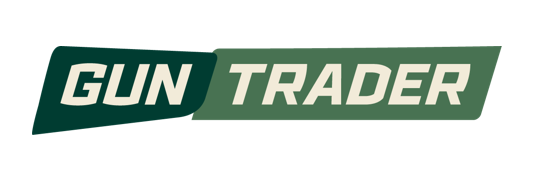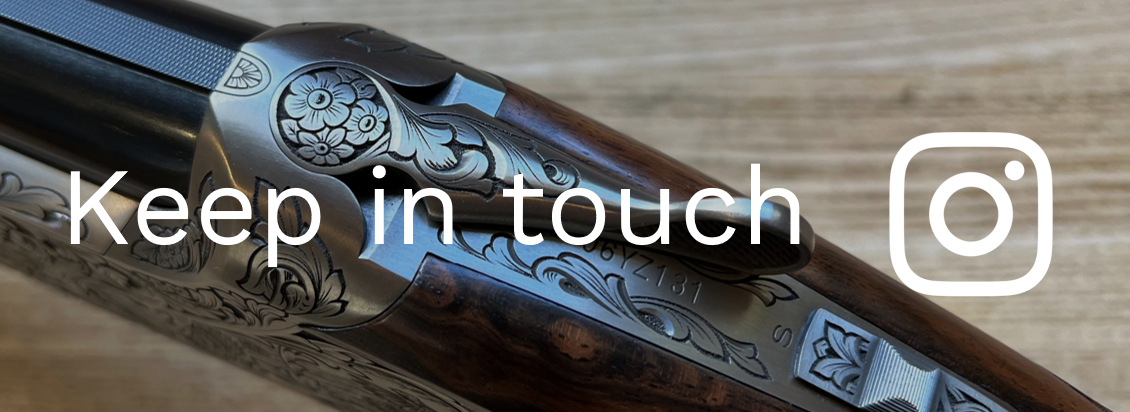It is only a matter of time – perhaps a few months – before one of the shooting magazines finally breaches the five pounds per issue mark. With advertising income a fraction of what it was just a few years ago and the magazine publishing world largely unable to monetise its presence on the web, publishers are now more or less totally reliant on what they get for each copy they sell to generate income. Back in the day the formula was that the revenue raised from advertising sales generally covered the costs of producing the magazine whilst once the newsagents and distributors had taken their slice of the cover price (generally about half), what was left over was profit. Hence the inexorable rise in the cost of the magazines. Of those publications heading towards the fiver a copy line, the one that seems most likely to breast the tape ahead of the pack is Clay Shooting.
The July issue offers an exemplar of the challenges facing publishers everywhere and the strategies they have adopted to try and deal with them. Take the main feature which profiles British schools and Young Shots championship winner Alfie Tibbles. Clay Shooting devotes six pages to the bright young newcomer. Putting aside the question of whether or not Tibbles, a clearly personable young man, warrants this degree of coverage it is the nature of that coverage which hints at the background struggle to make ends meet. The Tibbles feature includes eight pictures, seven of them of them of the chap himself of which two are whole page treatments and, note, a further appearance on the front cover. The reason for this generosity is apparent in the amount of copy supporting those pictures. This runs to – when one considers the number of pages – a meagre 1800 words or so. Evidence of this ‘stretching’ of thin amounts of material abounds elsewhere in the magazine. 500 words of a gun test are elongated by the use of superfluous images, so as to take up three pages. Two pages is given over to the Clay Pigeon Shooting Association to, somewhat illogically given that the feature is appearing in a magazine devoted to the subject, invite readers to try the sport of clay shooting. Illogical that is until one considers that the copy will have been provided free of charge. The July issue runs to 92 pages, but were the editorial copy single rather than double spaced, the ads removed and features such as the fixtures and results condensed (as they easily could be and once were) into half the space they currently take up, then the £4.75 currently being charged would actually buy an issue with half that number of pages.
To a greater or lesser degree what is taking place at Clay Shooting is happening right across not just the shooting titles, but the magazine publishing world as a whole. To what extent the readers are catching on is hard to know, not the least because most of the publishers of shooting magazines won’t reveal their sales figures, but the industry wide downward direction of travel is no secret. And whilst it may just about be acceptable to provide less but charge the same – a strategy much favoured by, for example, the suppliers of confectionary – providing less and charging more for it is unlikely to sustain for long. Thresholds of this kind will generally have more significance to the business owner, but this particular one in this particular industry is likely to mean that bit more as the clay shooting public will be handing over a five pound note and this time getting no change for it.

